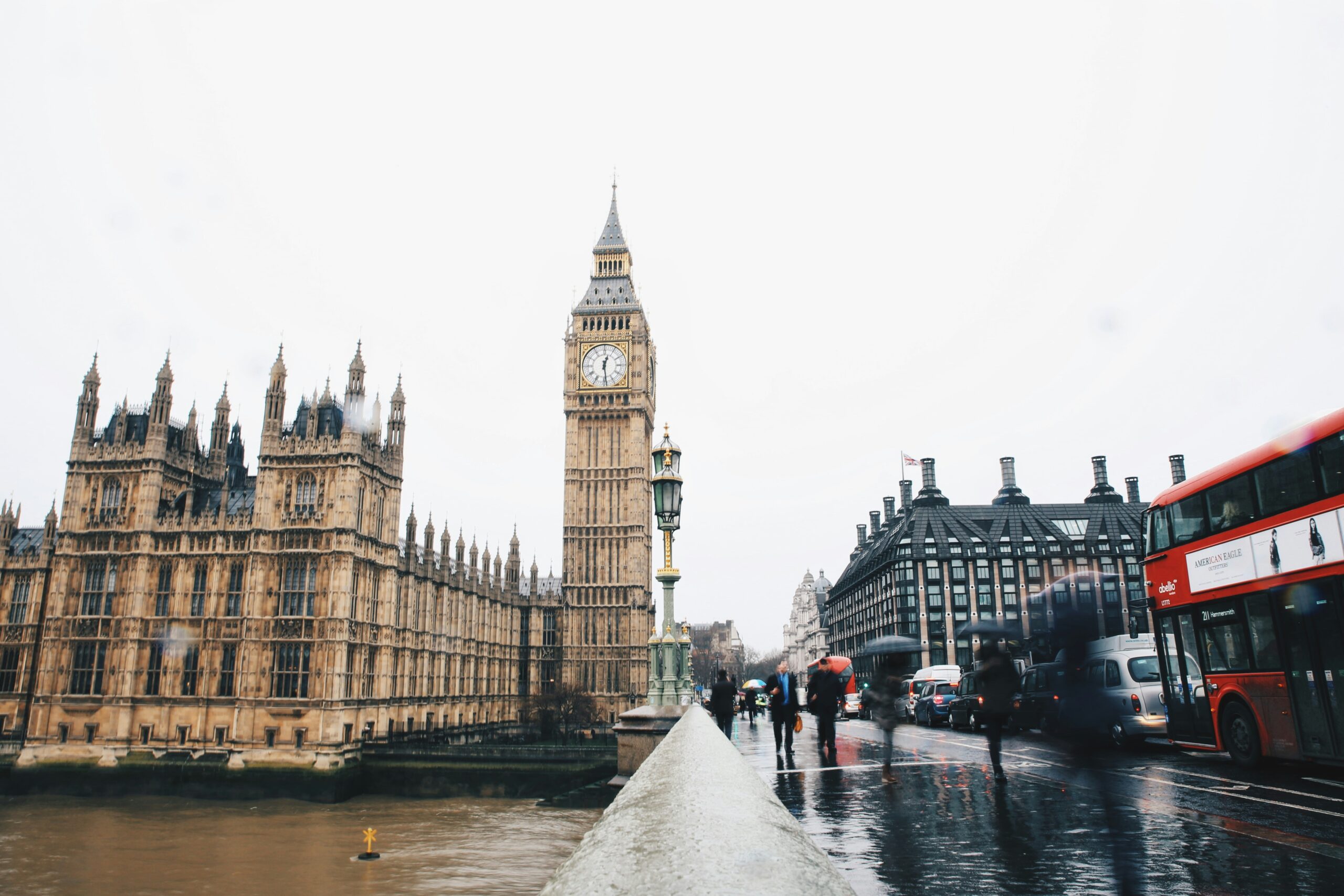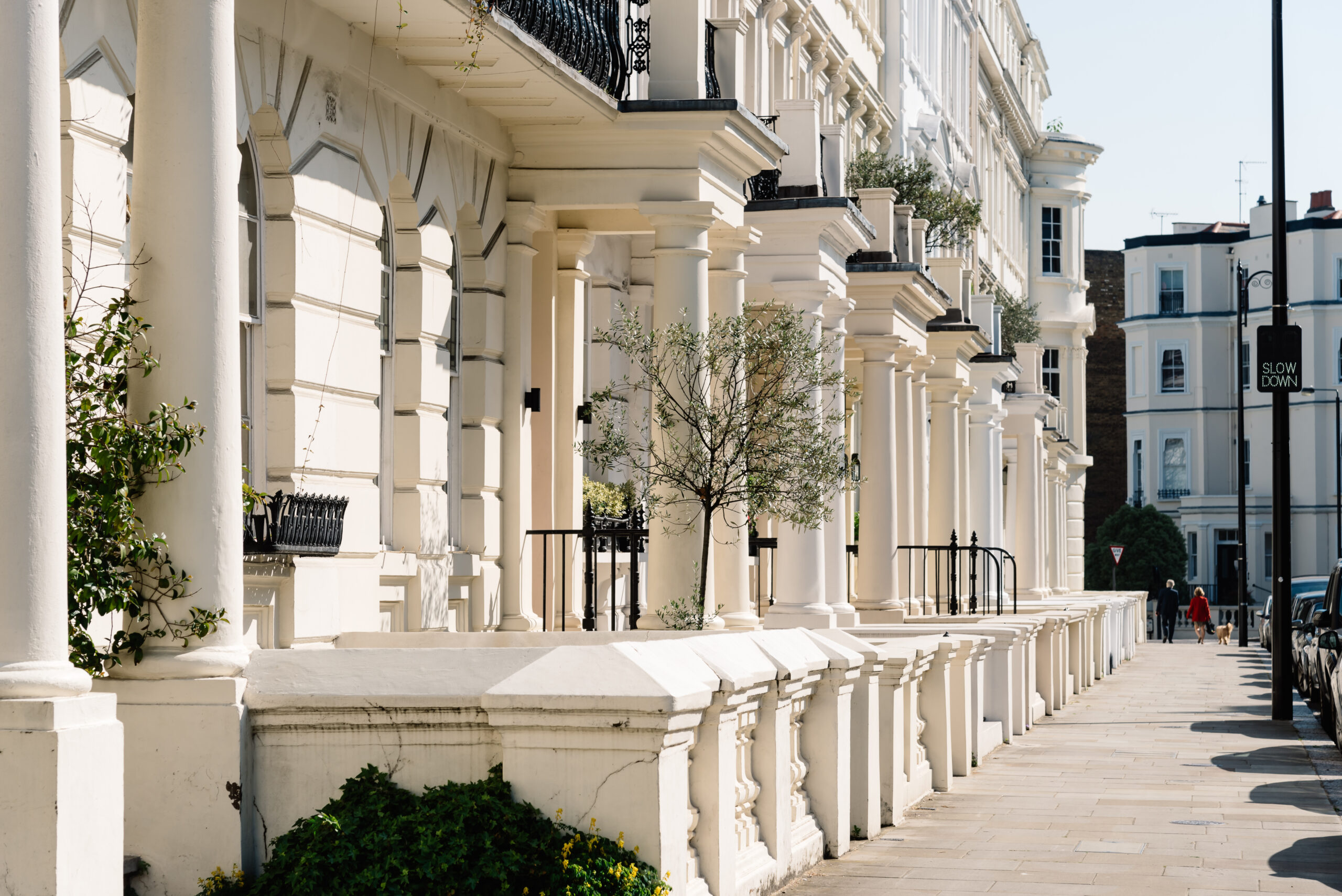Much Hadham is an unexceptional village in terms of bus connections – its two-thousand residents are served by the Intalink 351 bus once every two hours. For anything more than a Londis, its residents need a car to get to Bishops Stortford, something not viable for its underage and elderly residents. This means that even in the quaintest corner of the countryside, a constant stream of cars pass by the roaming sheep. Buses in places like Much Hadham are in dire need of reinvigoration and the only way this can be achieved is by franchising bus services outside London.
Bus services outside London were deregulated with the Transport Act 1985. Despite the intention of fostering competition, this has been stunted as the ‘big five’ – Arriva, First, Go-Ahead, National Express, and Stagecoach – dominate. In addition, lack of regulation has resulted in lack of coordination as bus providers outside London chose what routes to run and when, often not even acknowledging each other’s existence on their maps or the needs of passengers. If the counties are to thrive, bus services outside London need proper reorganisation.
Failure of competition among bus providers outside London has led to the general decline of the bus service. Since 2011, over three thousand bus routes in England have been axed, and since deregulation bus fares have risen faster than inflation.
This has left many small towns across the northeast and southwest of England to become “transport deserts” or are at risk of becoming one. Busy towns such as Ponteland, with over 10,000 residents and no rail connections, are served by two or three buses per hour during peak travel times.
The steady decline of buses means that car ownership is now effectively a requirement for many in rural areas. For those less well off, saving for an adequate car is a challenge, especially during the cost-of-living crisis.
This is a tragedy. For those too young to drive, buses are often the only means of getting to school or college. For older residents, who are often discouraged from driving, lack of buses can mean becoming reliant on younger family members to get to the shops, access essential services and stay connected with friends. How can we expect rural communities to thrive if youngsters and older generations are unable to travel?
The good news is that the transport desertification of the countryside is not inevitable, as comparable regions in Europe have seen revival of transport links thanks to effective policies.
Extrapolating the system of franchising in London to the rest of the country can benefit passengers, transport authorities, and operators. Although a very simple change, franchising ensures that rival bus providers not only acknowledge each other’s existence, but that they cooperate with each other on which routes to run and when, thereby avoiding confusion for passengers and guaranteeing that each region receives the appropriate attention.
As with all policy proposals, there are obstacles to overcome. ‘The National Bus Strategy’ recognises two key questions – do councils have enough control, and is there enough money? Whilst expanding the franchising system would put pressure on local authorities – organising timetables and getting bus providers to cooperate takes time and resources – the strategy report recognises this and has confirmed that the DfT will help local authorities employ dedicated Enhanced Partnership Officers. Government assistance will be crucial if franchising is to succeed.
Thankfully, evidence has shown that sound financial action taken by councils can make a difference. While Cornwall has increased its spending on buses by 8% from 2009/10 to 2018/19, Dorset County Council has cut its spending on buses by 80% over the past nine years. As a result, the rural communities of Cornwall are much better connected than those of Dorset. Good policy paired with council action and sufficient financial aid by the government can help revive rural communities.
The green case for buses is a straightforward one – more buses mean fewer cars. The transport sector is the biggest polluter in the UK, and buses can help keep our emissions as low as possible. In a report published by Greener Journeys Professor David Begg and Claire Haigh suggest that a full double decker bus can take up to seventy-five cars off the road while producing a tenth of the nitrogen oxide pollution per passenger.
Amazingly, there’s more that buses can do for our environment. Research by Eunomia suggests that replacing up to 75 sets of tires with one can also reduce the volume of microplastics entering England’s waterways – at present tire tread abrasion from traffic produces approximately 68,000 tonnes of microplastic pollution annually. As such, more buses mean cleaner air, fewer plastic pollutants and fewer noisy cars disturbing the beauty of the countryside.
For the sake of the passengers and the environment, franchising bus services outside London is essential if the government wishes to level up the country.
Alp Yilmaz is doing work experience at Bright Blue. Views expressed in this article are those of the author, not necessarily those of Bright Blue. [Image: Aude-Andre Saturnio]





